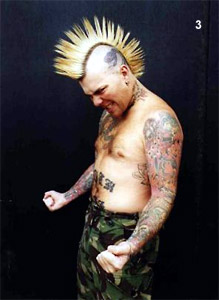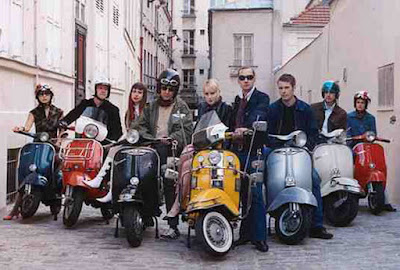



The punk subculture is a subculture based around punk rock. It includes music, ideologies, fashion, visual art, dance, literature and film. The punk scene is composed of an assortment of smaller factions that distinguish themselves from one another through unique variations. Several of these factions have developed out of punk to become subcultures in their own right. Early punk had an abundance of antecedents and influences, and Jon Savage has described the subculture as a "bricolage" of almost every previous youth culture that existed in the West since the Second World War "stuck together with safety pins".[7] Various philosophical, political, and artistic movements influenced the subculture. In particular, punk drew inspiration from several strains of modern art. Various writers, books, and literary movements were important to the formation of the punk aesthetic. Punk rock has a variety of musical origins both within the rock and roll genre and beyond.












